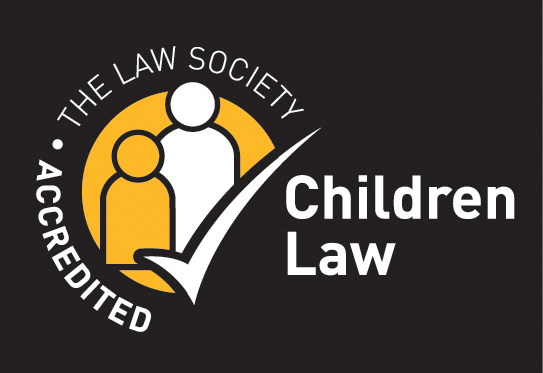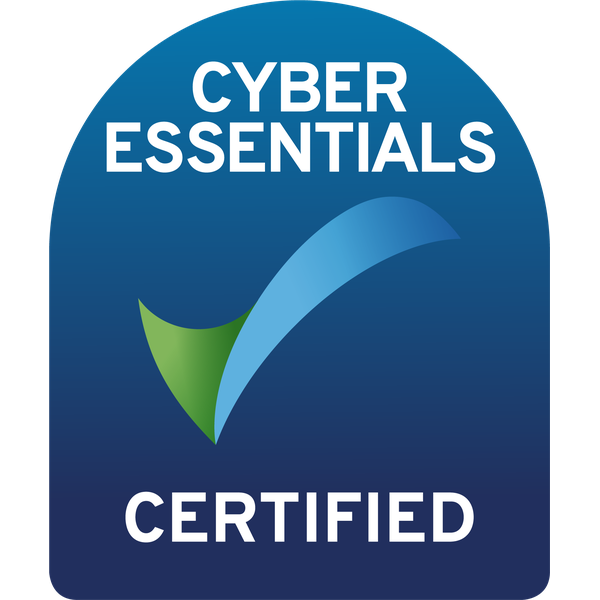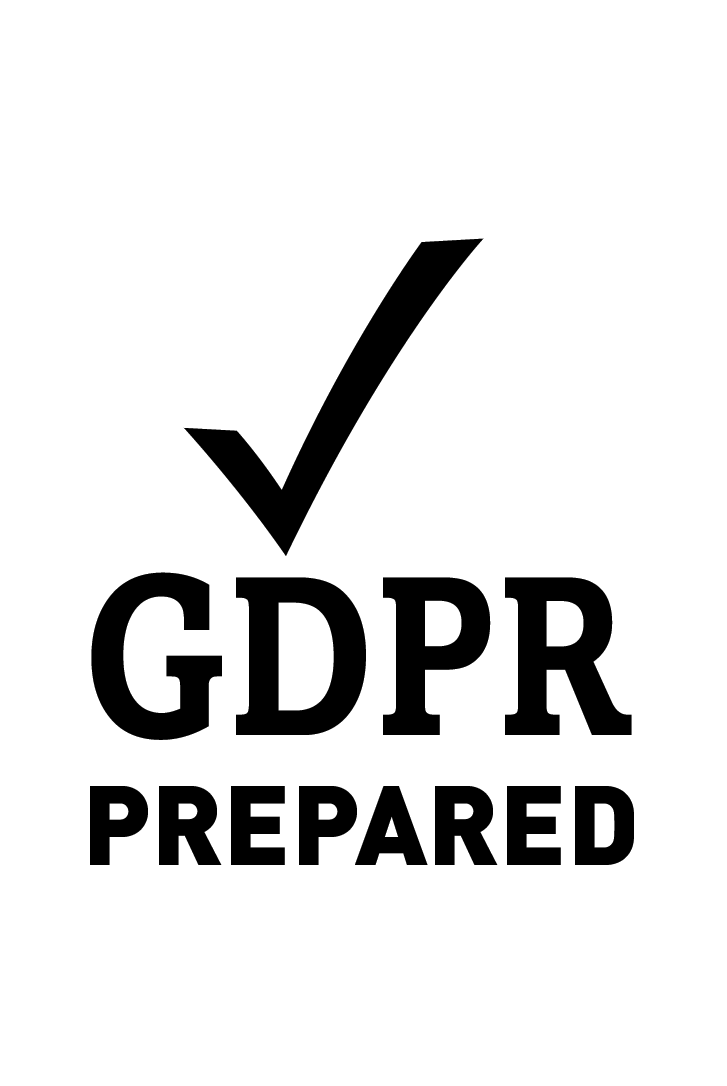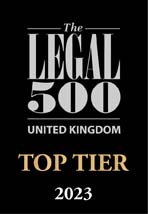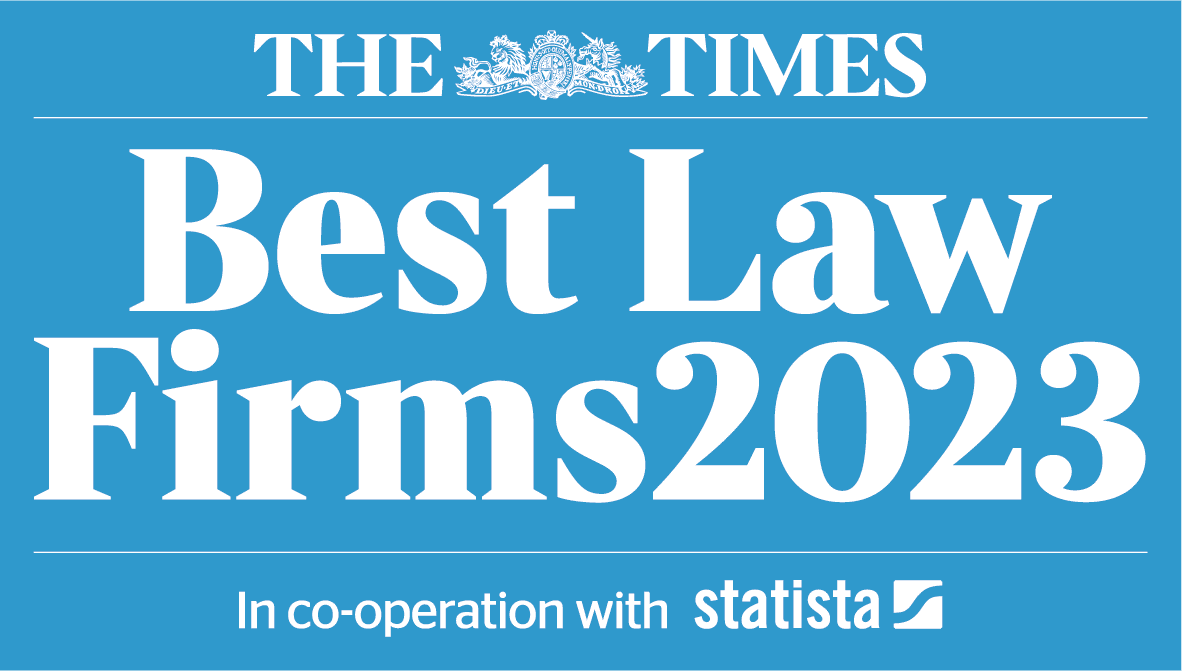There is no question that being accused of possession of indecent images of children is a traumatic event. Whether arrested or invited to a police station to take part in a voluntary interview under caution, the accusation is enough to create a stigma towards the accused that can impact their family, friends, work relationships and all aspects of their life.
Allegation of possession of child pornography can have a huge impact on your life. It may result in loss of employment, entries with the Debarring service (DBS), interaction with Social Services and more.
It is important you have an understanding of your situation from a legal perspective as well as procedurally. We have provided some information here for those in such a situation. However, there is no replacement for in person legal advice on your specific circumstances and we encourage you to contact us at the earliest opportunity to begin to prepare your defence.
Reeds Solicitors have many years of experience in handling allegations of a sexual nature. We understand that for many individuals, this may be the first time they’ve been arrested. Facing allegations can be a harrowing experience, especially when the allegations are sexual in nature. This can put a strain on existing relationships, reputations and even put your career in danger.
Please reach out for expert advice as soon as possible. Call 01865 260 230 or contact Reeds Solicitors LLP on info@reeds.com.
Frequently Asked Questions
Indecent Images of Children – What are the Offences?
In relation to indecent images the two main offence creating provisions are as follows:
- Making, distribution, producing indecent images
- Section 1 of the Protection of Children Act 1978 (PCA 1978)
- Possession of indecent images ( or pseudo images) of children
- Section 160 of the Criminal Justice Act 1988 (CJA 1988)
What is an indecent image?
The term ‘indecent images of children’ means a sexual image of a child (anyone under the age of 18).
The indecent nature is an issue for the tribunal of fact to decide in accordance with recognised standards of propriety (R v Stamford [1972] 56 Cr. App. R. 398). It is therefore an objective test. However, the circumstances in which the photograph came to be taken and motive of the taker are not relevant; it is not the defendant’s conduct which must be indecent but the photograph of the child which results from it (R v Graham-Kerr (1989) 88 Cr App R 302; R v Smethurst [2002] 1 Cr. App. R. 6).
Broadly, in the context of commonly prosecuted cases they are images that involve:
- Images of nude or partially clothed children
- Images of children posing sexually or provocatively
- Self-generated sexual images by children (‘selfies’)
- images depicting children engaging in both penetrative and non-penetrative sexual activity
These definitions apply to still images, videos and pseudo-photographs.
What is a pseudo-photograph?
A Pseudo photograph is defined as “an image, whether made by computer-graphics or otherwise howsoever, which appears to be a photograph” (Protection of Children Act 1978 (U.K.), c. 37, s. 7).
This definition can cover photographs which have been edited, ‘photoshopped’ or adapted in some form.
In the U.K., the Criminal Justice and Public Order Act 1994 amended the Protection of Children Act 1978 so as to define the concept of an “indecent pseudo-photograph of a child”.
It is important to note that the courts treat pseudo-photography (whether it is considered realistic or artistic) in the same way as a true photograph when it comes to indecent images. Although arguments could be made in relation to the appropriate sentencing in court.
What is a Prohibited Image?
A prohibited image is an image which is considered ‘pornographic’ and ‘grossly offensive, disgusting or otherwise of an obscene character’, yet is not photographic (including video) or pseudo-photographic. It is an offence to possess any prohibited image.
Prohibited images most frequently involve drawings, artwork, cartoons and other ‘depictions’ of a person. Photographs or pseudo-photographs are excluded in this categorisation, and thus a prohibited image cannot show a real-life image of a person.
This addition to the law was implemented in 2009 to tackle the proliferation of the new anime, Manga and animated child pornography that began circulating on the internet.
How are Indecent Images Categorised?
For the purposes of sentencing, images are categorised as follows:
- Category A – This relates to images involving penetrative sexual activity, sexual activity with an animal or sadism.
- Category B – Images involving non-penetrative sexual activity.
- Category C – Indecent images not falling within categories A or B.
The categorisation is important for guiding sentencing. The more indecent the image, the greater the sentence will be. Sentencing is informed by guidelines, which we’ve provided in the table below.
What Offences involve indecent images?
There are three main offences Relating to indecent images. They involve possession of indecent images, distribution of indecent images and production of indecent images.
Possession of Indecent Images
Possession of indecent images is having custody and control of the photographs stored on a device. This is the least serious of the categories and requires both a mental and physical possession.
Distribution of Indecent Images
Distribution of Indecent Images is defined as parting with possession of it or exposing or offering it for acquisition by another person. This can include allowing it to be accessed via file sharing programmes.
Production of Indecent Images
Production of Indecent Images relates to making the original image.
Production is treated as the most serious offence on the sentencing guidelines, for somewhat obvious reasons. However, distribution of indecent image is also considered extremely serious, and this can sometimes be inadvertent via file sharing software programmes such as BitTorrent.
What does “Making Indecent Images” mean?
In respect of indecent images, to ‘make’ is defined as “to cause to exist, to produce by action, to bring about” (R v Bowden [2000] 1 Cr. App. R. 438).
Making an indecent image is an unfortunate phrasing in the legislation. It immediately brings to mind the concept of taking or creating the original image. However, in more simple and practical terms “to make” has been interpreted by courts as the following:
- Opening an attachment to an email containing an image (R v Smith [2003] 1 Cr. App. R. 13)
- Downloading an image from a website onto a computer screen (R v Jayson [2002] 1 Cr. App. R. 13)
- Storing an image in a directory on a computer (Atkins v DPP; Goodland v DPP [2000] 2 Cr. App. R. 248)
- Accessing a pornographic website in which indecent images appeared by way of automatic “pop-up” mechanism (R v Harrison [2008] 1 Cr. App. R. 29)
For the purposes of sentencing simple “making” of an indecent image is treated the same as simple “possession” of an indecent image.
What are the defences to possession of indecent images?
There are 3 statutory defences regarding indecent images:
- Legitimate reason – this defence requires the accused to provide a legitimate reason for being in possession of indecent images.
- Lack of awareness – the accused would have to prove they had not viewed the images and they had no reason to assume the images were indecent. Such a defence may apply if the images were ‘made’ inadvertently on the device on which they were found, such as via a pop-up or virus.
- Unwanted Receipt – This defence applies to s. 160(1) CJA 1988 only. It requires that the photograph, or pseudo-photograph, was sent to the defendant without any prior request made by them or on their behalf and that they did not keep it for an unreasonable time.
- Criminal Proceedings and Investigations – This defence is applicable to an offence under s. 1(1)(a) PCA 1978 only. The defence is available where a person “making” an indecent photograph or pseudo-photograph can prove that it was necessary to do so for the purposes of the prevention, detection or investigation of crime, or for the purposes of criminal proceedings.
Will I go to prison for indecent images offences?
This is a complicated question. We have attached a section of the relevant sentencing guidelines below. You will see that a significant number of offence categorisations have a starting point of a custodial sentence. It can therefore be said that convictions for indecent images offence often result in custodial sentences.
However, it is also worth noting that any sentence under two years custody can be suspended. This means the defendant does not go to prison and will likely be ordered to serve his sentence in the community with the Probation Service.
There is a myriad of factors that go towards achieving a suspended sentence and it would be wise to speak with a specialist indecent images solicitor at the earliest available opportunity to discuss your options.
If you are in this position call 01865 260 230 or contact Reeds Solicitors on info@reeds.com
Sentencing Guidelines
Sentencing any case is more of an art than a science. Every person and every case is different. However, to assist the court, they are provided with sentencing guidelines for each offence. To read the sentencing guidelines on the sentencing council’s website, please follow this link.
It is important you get advice on these guidelines if you believe you are going to be sentenced for these offences. A rough guideline can be found below.
| Category | Possession | Distribution | Production |
| A | Starting point 1 year’s custody |
Starting point 3 years’ custody |
Starting point 6 years’ custody |
| Category range 26 weeks’ – 3 years’ custody |
Category range 2 – 5 years’ custody |
Category range 4 – 9 years’ custody |
|
| B | Starting point 26 weeks’ custody |
Starting point 1 year’s custody |
Starting point 2 years’ custody |
| Category range High level community order – 18 months’ custody |
Category range 26 weeks’ – 2 years’ custody |
Category range 1 – 4 years’ custody |
|
| C | Starting point High level community order |
Starting point 13 weeks’ custody |
Starting point 18 months’ custody |
For more information, please consider reviewing the information on the main page regarding sexual offences. Alternatively, contact us to discuss your situation through our contact us page.
General Enquiries
CONTACT US
